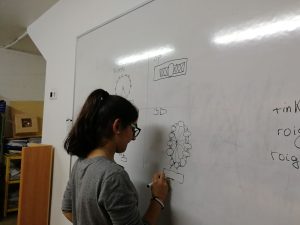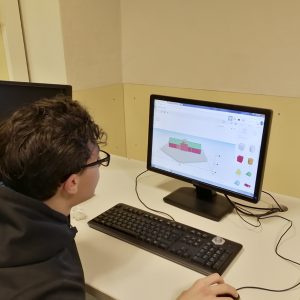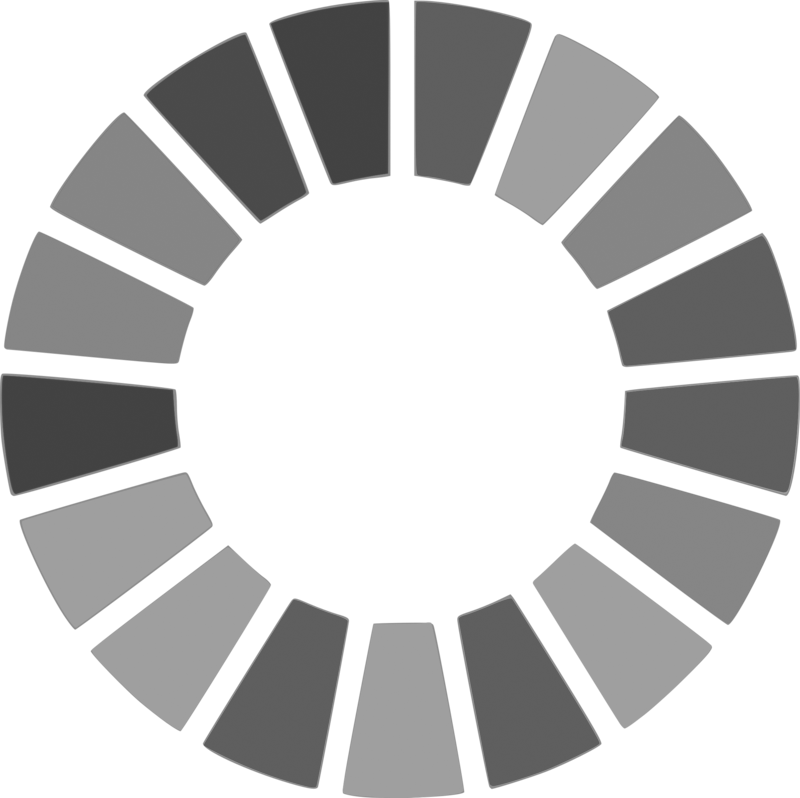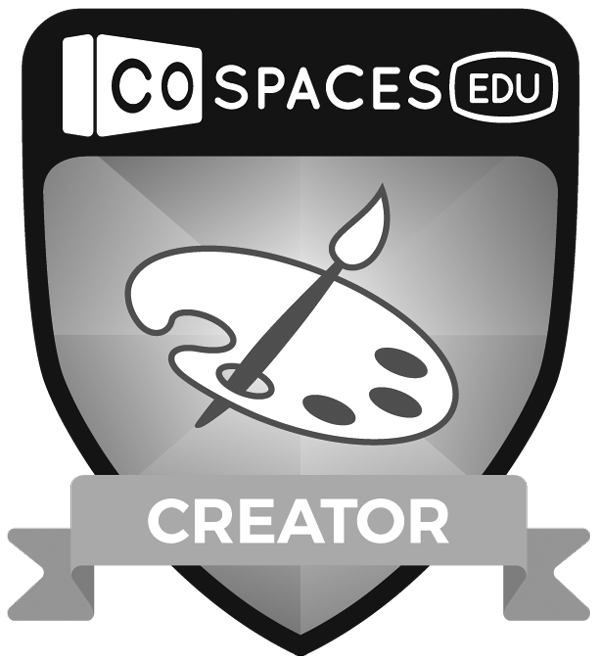Digital manufacturing: 3D digital design and printing
The new 3D digital manufacturing classes have already started, 3D design and printing.
This new activity, based on the project learning, the teachers assume the role of clients and the students are the employees of the company in charge of presenting the proposal to the client. Students will have to think and work on an attractive project, based on the client/teacher's specifications.
Currently, the students are in a first embryonic phase, defining and testing the tools they have at their disposal for the entire development of the project. During this trial period, they are creating emblematic and/or service buildings such as: a church, the Basilica of the Holy Family, a pharmacy, among others. Some of these projects will be carried out, sharing ideas with international schools, and therefore, with projects in English.
Project phases for high school students:
- Project approach. Client request: The client teacher makes a request, and the students, in groups, distribute the tasks and organize themselves to carry out the client's request.
- Drawing of the project in paper format: As in any project, there is a first phase of "brainstorming", Brainstorm, which will be captured in some sketches in paper format.

- Preparation of the 3D model with plasticine: From the paper sketches, they will shape the building with materials such as plasticine, to obtain a three-dimensional model.
- 3D computer design: With the 3D model, the paper sketches, and using the 3D design program TinkerCAD, they will generate the virtual model.
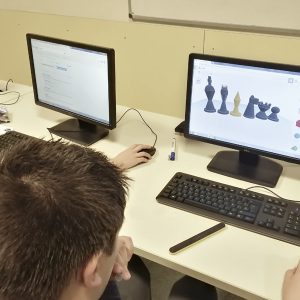
- 3d print: With the CAD file or digital model, and using the CURA program, we can print on the Ultimaker 3D digital printer. The 3D printer will generate the real model of the project, for the final presentation to the client.
- Organization and preparation of the project presentation: In this phase, students will have to collect and structure all the data, and capture it in a presentation document.
- Group presentation of the project to the client/teacher: The students will present their work along with all the documentation in a small presentation. Finally, the teacher/client will evaluate the work done.
For primary school students, IGNITE has adapted the classes to the age, using elements of gamification, learning through play. The way of working is the same, I work by projects, but in this case, we adapt to the age using an educational game already developed and tested, Kidville, which will help the little ones develop skills in design and 3D printing from the construction of a sustainable city, always in a fun and playful way.


